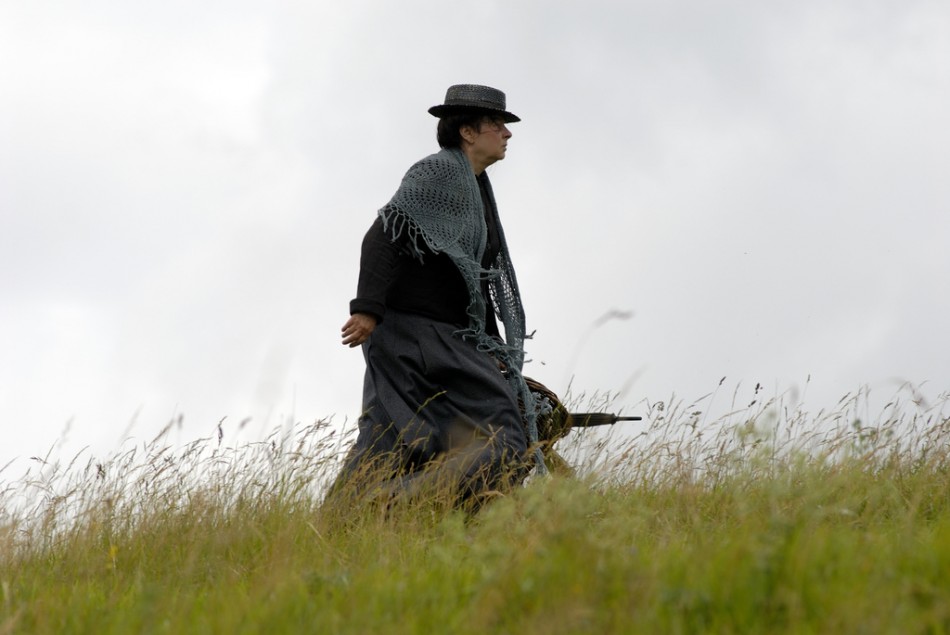
Movie Review: Séraphine
Séraphine follows familiar contours. It is the story of Seraphine de Senlis, the self-taught painter (1864-1942) who broke out of anonymity after working as a maid for Wilhelm Uhde, the German art dealer who sold Picassos early Cubist works. A tall and unrefined maid, Seraphine (Yolande Moreau) does humble household work for Uhde (played by Ulrich Tukur, also in The Lives of Others). She harvests the humblest of materials to mix as pigments. Uhde has fled the pressures of the Paris art market for the less stressful atmosphere of Senlis, north of the capital.
As he spends more time with Seraphine, Uhde finds out that she paints. He admires her work and buys it. Then war comes, and Uhde flees. But he returns years later and acts as art dealer for Seraphine. She earns income from her art for the first time. But money begins to corrupt, by confounding the naive spirit.
Seraphine buys all sorts of thing, and even tries to buy a huge house. The Depression intervenes, deflating the art market.
Seraphine goes on painting nonetheless, to the point that the locals, who found her odd, now report her lunatic. Even though shes not harming herself Seraphine is arrested, and locked up in a mental institution. Although Uhde puts up money to mitigate the horrors of her stay there, she stops painting. Were told in text on the screen that she died in 1942.
With reproductions of Seraphines work substituting for the actual paintings – floral patterns that extend outward from the center of the painting surface – were meant to see that the gentle eccentric is a threat to no one. Yet innocence, especially defiant innocence, is vulnerable, in Senlis as anywhere. Seraphines eccentricity was tolerated, then nurtured by Uhde, then punished by locals who fear someone different. It reminds you that insanity is often whatever the neighbors say it is, a sober lesson in what is otherwise a sentimental film.
Yolande Moreau as the ungainly artist lifts the film out of the ordinary. The audience loves her in the theater, yet how might they respond if she approached them on the subway? Youre left with questions.
Uhde called Seraphine a “modern primitive” – he disliked the term “naïve” – and said that she died in 1934, although really she lived until 1942. In those days, after the Nazi invasion of France, things couldnt have been pleasant in an institution for the mentally ill, whom the Nazis often euthanized back home in the Reich. It turns out that some 3500 patients in the institution in Clermont-sur-lOise where Seraphine lived died of starvation or neglect during the war. It sounds as if we need a documentary about this artist.
